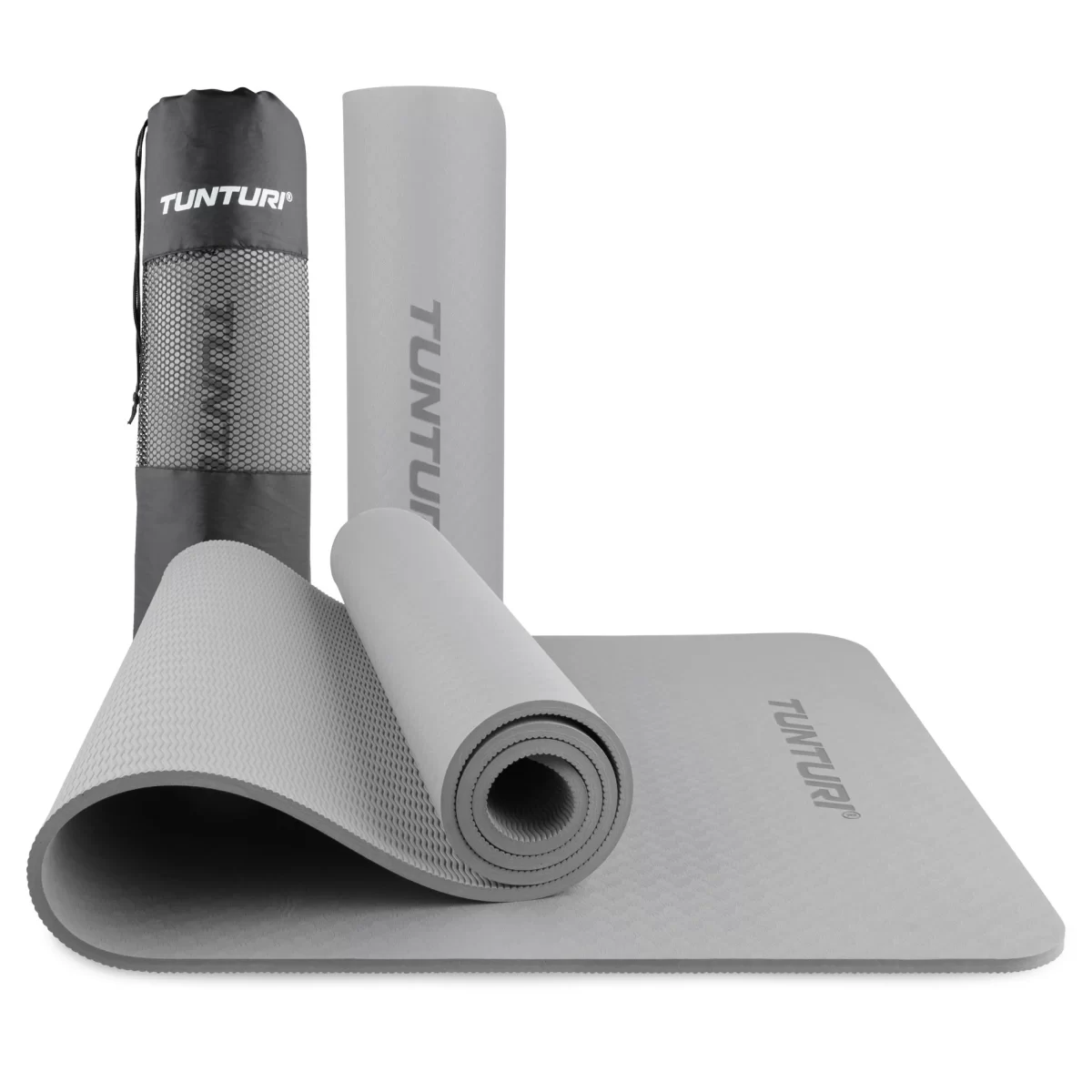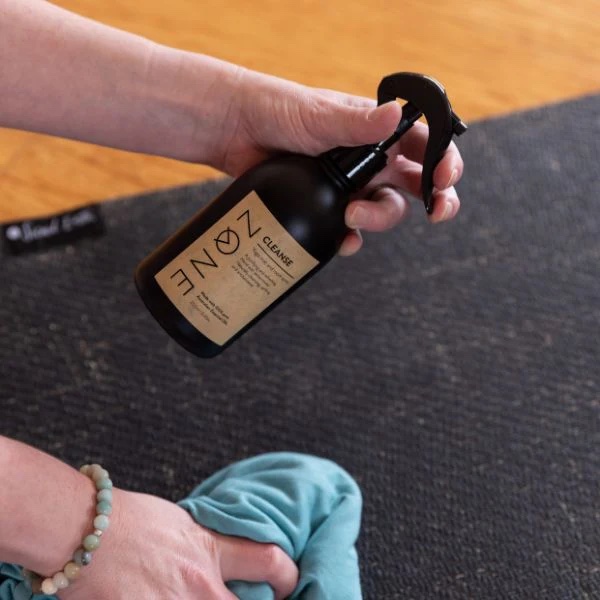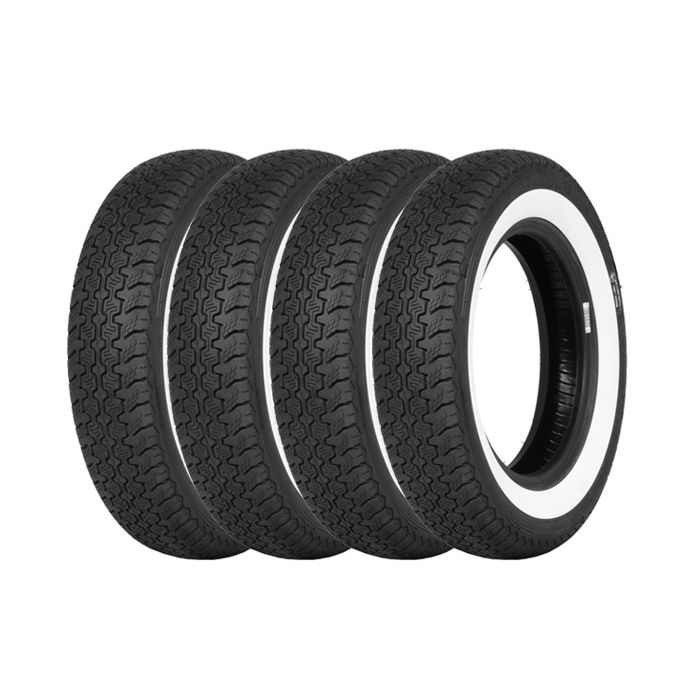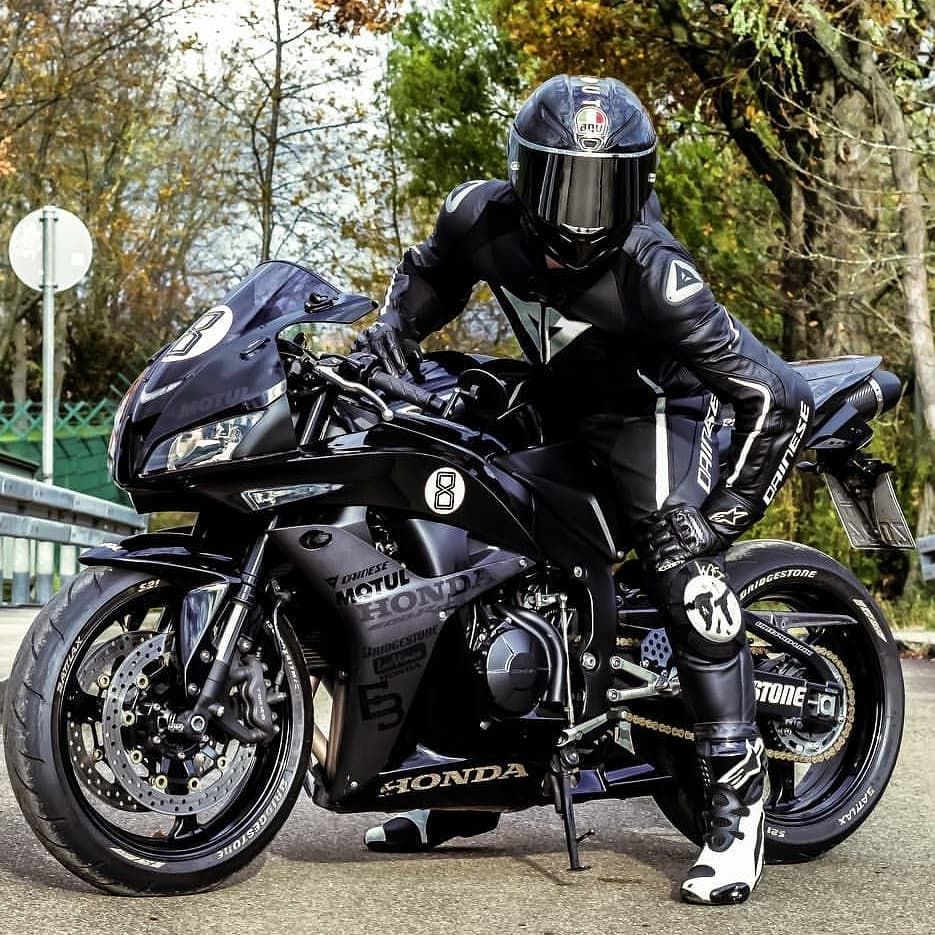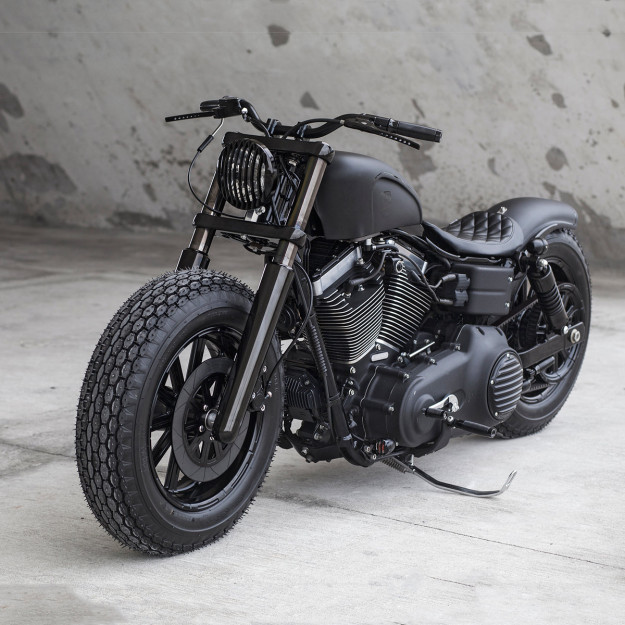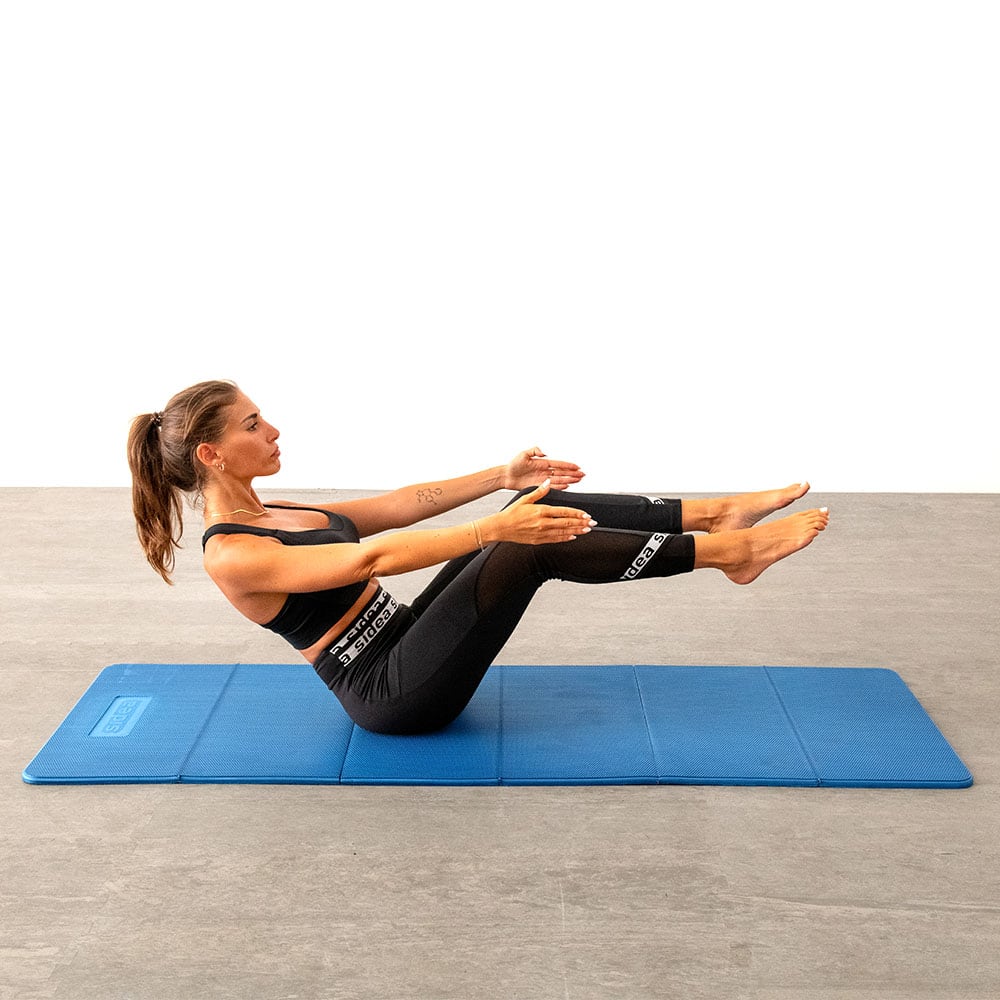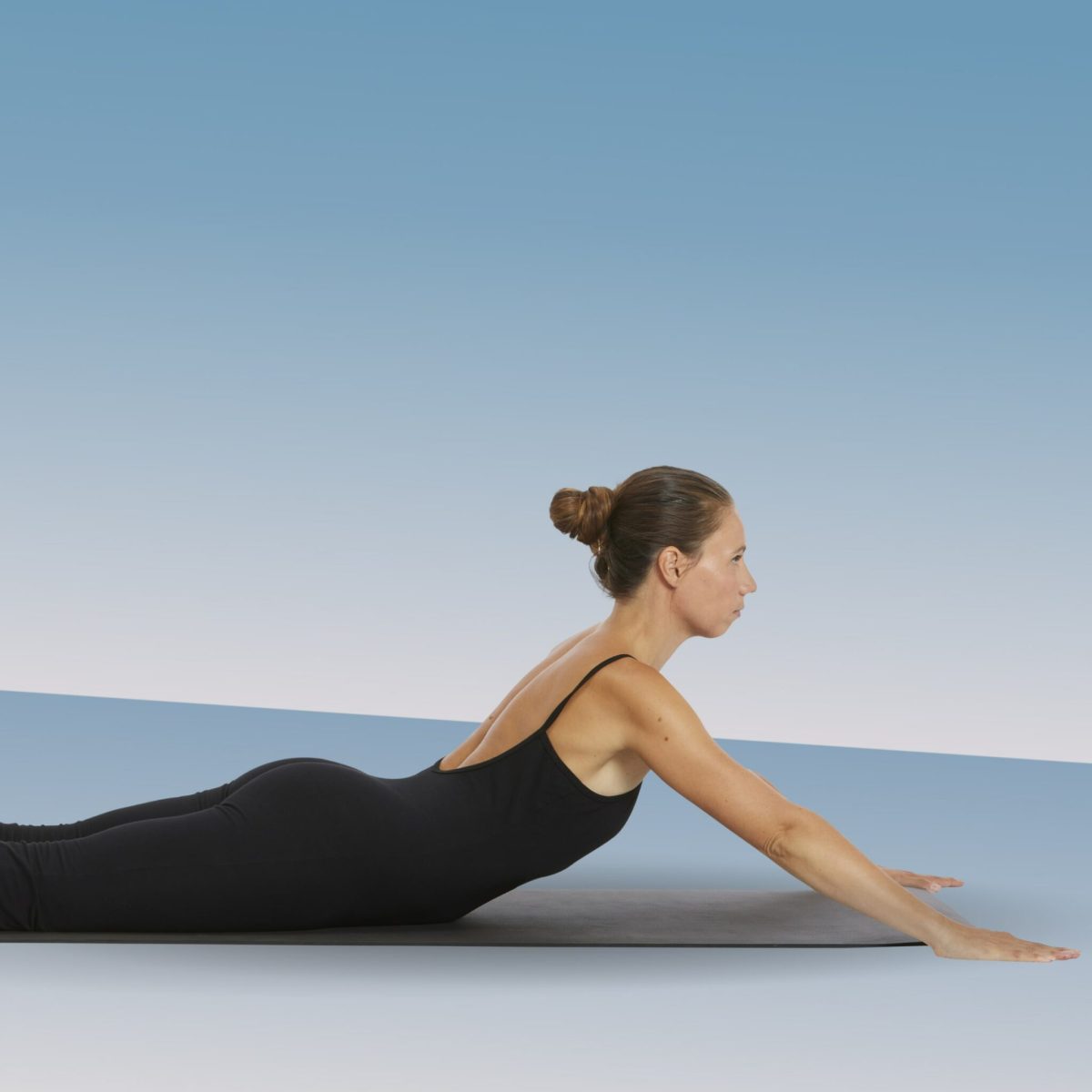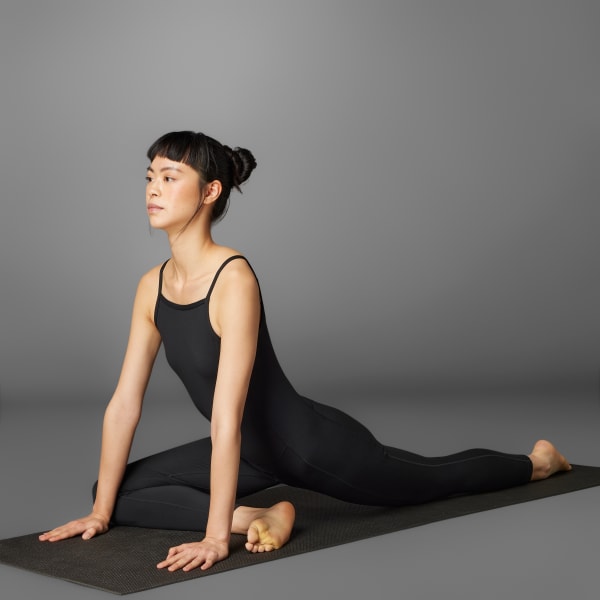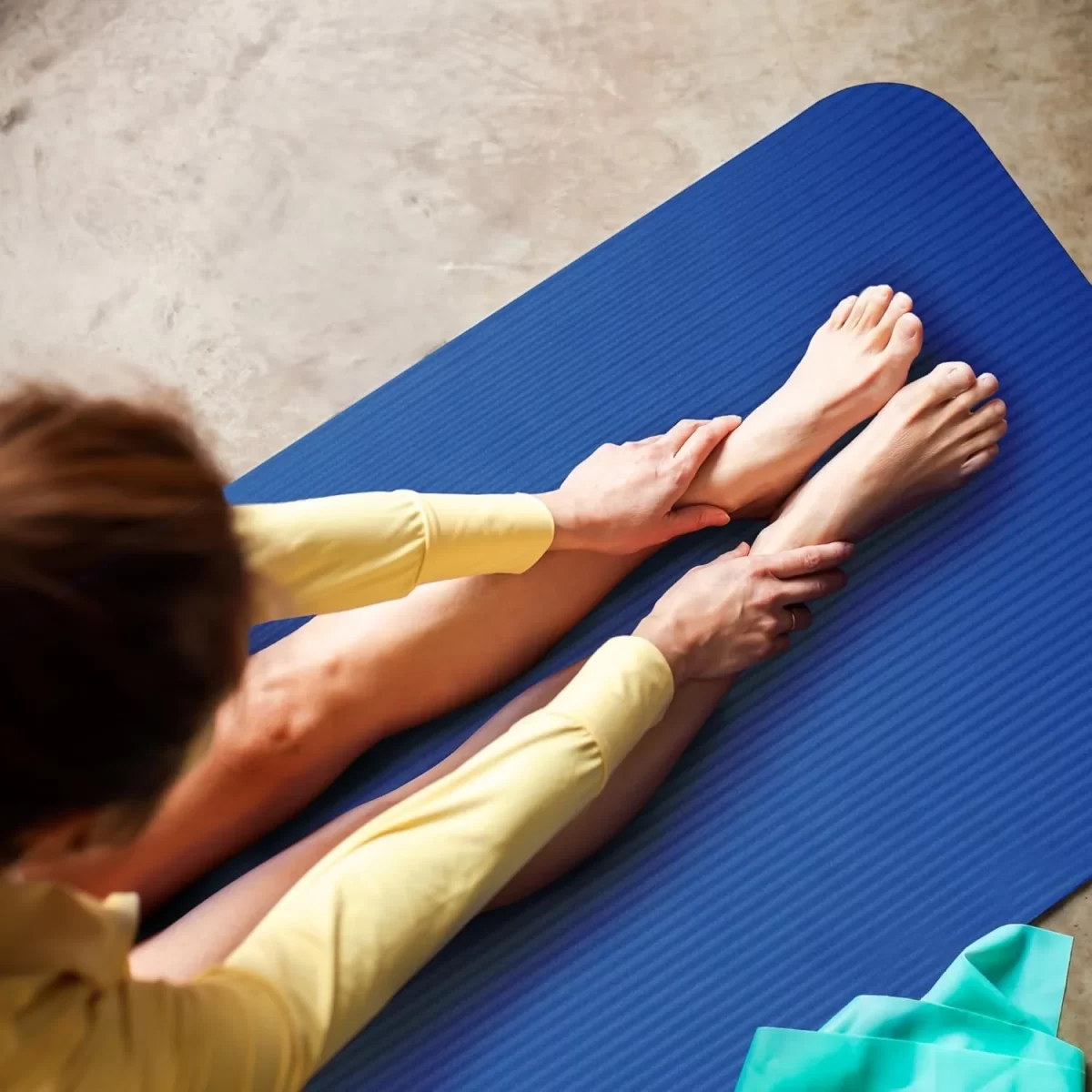Identifying Your Yoga Mat Needs
Choosing the right yoga mat thickness mm is essential for comfort and safety during practice. Consider how the mat’s cushioning will support your body and whether portability is key for your lifestyle. Think about your usual routines and the surfaces you practice on, as these factors can influence your ideal mat thickness. Lastly, recognize any individual requirements such as joint sensitivities or preference for a firmer surface to enhance stability in poses.
The Impact of Mat Thickness on Your Practice
Selecting the right yoga mat thickness affects your yoga experience significantly. The thickness you choose determines how comfortable you are during different poses and transitions.
Cushioning and Protection
A thicker mat offers more cushioning for your joints. It’s beneficial if you have sensitive knees or elbows. But too much padding can affect your stability. It can make you feel disconnected from the floor.
Balance and Stability
Thinner mats provide better balance and stability. They are ideal if you practice balance-focused asanas. A mat that’s too thick might make it hard for you to maintain poses.
Portability and Storage
Thickness can also impact how portable your mat is. Thicker mats are heavier and bulkier, making them harder to carry around. If you travel or walk to classes, consider a lighter, thinner mat.
Yoga is a personal journey, and your mat should reflect that. Choose a thickness that caters to your unique practice needs. Balance comfort with the need for a firm foundation. And remember, your practice might evolve. What works for you now might change as you progress.
Standard Thickness: Understanding the 4.5mm Yoga Mat
The 4.5mm yoga mat is often described as the standard thickness for versatile use, accommodating a balance between comfort and stability. This thickness provides adequate cushioning to safeguard your joints during intensive exercises. Yet, it maintains enough firmness to support your stability when performing balance-focused asanas.
Benefits of a 4.5mm Yoga Mat
- Joint Support: Offers sufficient padding to reduce stress on knees, wrists, and ankles.
- Stability: Helps maintain poses and enhances balance thanks to its moderate firmness.
- Durability: Typically, thicker mats like the 4.5mm are more resilient against wear and tear. They withstand regular, rigorous use better than thinner options.
- Versatility: Ideal for a range of yoga styles, from dynamic sequences to slower, more meditative practices.
Drawbacks to Consider
- Weight and Portability: A bit heavier than thinner mats, which might be an issue for those who travel often or walk long distances to classes.
- Heat Retention: Thicker mats can retain more heat, which might not be ideal in very hot yoga classes where more breathing room is preferable.
In summary, a 4.5mm yoga mat can be the right choice for many yogis, providing a middle ground of comfort and practicality. Whether you are in a studio or practicing at home, this thickness can accommodate a wide variety of yoga styles and personal preferences. However, considering your specific needs and practice conditions is crucial when choosing the thickness of your yoga mat.
Advantages of Extra Thick Yoga Mats (6mm and Above)
When diving into the world of yoga, extra thick mats (6mm and above) often catch the eye. These mats provide a plush cushioning which can be very inviting for yogis, especially for those with joint sensitivities or who practice a gentler form of yoga. Here are some advantages of choosing an extra thick yoga mat:
- Enhanced Comfort: The additional padding is kind to your joints, offering a softer surface that can prevent pain during kneeling poses or when holding asanas for extended periods.
- Increased Protection: This type of mat is excellent for protecting your body, especially when practicing on hard surfaces.
- Better Absorption of Impact: The thickness can absorb more impact, making it suitable for vigorous practices such as jump backs in a vinyasa flow.
However, extra thick mats may also come with some drawbacks. Here’s what to be aware of:
- Reduced Stability: The cushioning may compromise balance in standing poses, making it hard for you to maintain poses.
- Heavier to Carry: Their added bulk makes them less portable, posing a challenge if you travel or commute with your mat.
- Potential Environmental Concern: Mats made from materials like PVC may not be eco-friendly and could have a longer-lasting environmental impact after disposal.
In summary, while extra thick yoga mats offer considerable advantages in terms of comfort and protection, it’s important to weigh these against their portability and environmental footprint. Always consider your specific practice needs, your physical requirements, and how you’ll transport the mat when making your decision.
Travel Yoga Mats: Ultra Thin Options for Yogis on the Go
For yogis who are always on the move, travel yoga mats offer the ultimate portability. With typical thicknesses around 2mm, these mats are lightweight and can easily fold to fit into your luggage. Although they don’t provide extensive padding, they do offer a familiar surface to practice on when away from home. Most are designed to be slip-resistant, ensuring you can still enjoy your routine without sliding on unfamiliar floors.
Here’s why you might consider an ultra-thin travel mat:
- Portability: These mats are easy to carry, ideal for yogis who travel or commute.
- Foldability: Unlike thicker mats, travel mats can fold neatly, great for tight spaces.
- Lightweight: Their slim profile makes them light, adding little weight to your luggage.
However, bear in mind the trade-offs:
- Less Cushioning: The thin structure offers minimal support for joints.
- Surface Hardness: You may feel the floor more, which can be uncomfortable for some practices.
- Durability: Thin mats may wear out quicker than their thicker counterparts.
Ultimately, travel yoga mats strike a balance between convenience and functional practice. They are perfect for yogis who prioritize mobility and adaptability in their yoga journey. As you explore the ultra-thin options, remember to gauge your need for support against the ease of transporting your mat.
Considering Joint Health and Mat Thickness
Selecting the right yoga mat thickness is not just about comfort but also joint health. The thickness of your yoga mat can significantly affect the level of protection provided to your joints during practice. If you have pre-existing joint issues or are sensitive to hard surfaces, a thicker mat can offer the cushioning required to practice poses comfortably and safely.
For instance, kneeling poses like Camel (Ustrasana) or headstands, which place pressure on the spine, can be more comfortably performed on mats that have extra padding. This will help minimize the stress on your joints and reduce the risk of injury.
However, an overly thick mat may not necessarily be the right choice for everyone. While they can provide ample cushioning, they might also impair stability and proprioception, or your body’s ability to sense its position and movement. A thick mat could disrupt your balance during standing poses, such as Warrior (Virabhadrasana) or Tree (Vrksasana), especially for yogis who rely on a firmer grounding to maintain stability.
Moreover, mat thickness needs to be balanced with the type of yoga you practice. For dynamic styles like Ashtanga, a thinner mat can facilitate easier transitions between poses, whereas for restorative or Yin styles, a thicker mat can make long-held positions more comfortable.
To sum up, when considering joint health and mat thickness, think about the type of yoga you practice, your personal comfort with cushioning, and the need for balance and joint support. Personal experimentation with mat thickness may be necessary to find the ideal blend that satisfies both your joint health requirements and your yoga practice preferences.
The Role of Material in Yoga Mat Performance
The materials used in yoga mats deeply impact their functionality, durability, and user experience. Here’s how different materials play a role in yoga mat performance:
Natural Rubber
- Grip and Stability: Offers excellent non-slip properties, ideal for maintaining poses.
- Eco-Friendly: Made from renewable resources, contributing to environmental sustainability.
- Odor and Weight: Tends to have a strong smell initially and is heavier than other materials.
PVC (Polyvinyl Chloride)
- Cost-Effective: Generally less expensive, making it widely accessible.
- Durability: Resistant to wear and tear, ensuring longevity.
- Environmental Concerns: Not eco-friendly; emits harmful chemicals during production and after disposal.
TPE (Thermoplastic Elastomer)
- Comfort: Provides a soft cushioning effect, excellent for joint protection.
- Lightweight: Easier to carry compared to rubber mats.
- Less Durable: Prone to wear out faster than PVC or rubber.
Cork
- Sustainability: Renewable and biodegradable; considered very eco-friendly.
- Naturally Antimicrobial: Resists bacteria and doesn’t retain odors.
- Limited Cushioning: Harder surface, which might be uncomfortable for some users.
Choosing the right material for your yoga mat depends on your specific practice needs, environmental priorities, and budget. While natural rubber and cork offer sustainability and excellent grip, TPE and PVC provide affordability with varying levels of comfort and durability. Always consider how the material aligns with your yoga practice and ethical considerations.
Making Your Yoga Mat Decision: Prioritizing Comfort and Portability
When picking a yoga mat, you want to make the best choice for your needs. Comfort and portability often top the list of considerations. Here’s how to find the right balance between the two:
Seek a Comfortable Thickness
A mat’s thickness is key for comfort. Aim for a mat that cushions your body, without compromising stability. A 4.5mm thickness is a good start for most practices, as it protects joints and feels steady underfoot.
Consider Portability Needs
If you’re always on the move, portability is crucial. Look for a yoga mat that’s lightweight and easy to carry. Travel mats at 2mm thick are super portable and foldable, fitting into bags with ease.
Balance Is Essential
Your mat should not be so thick that it dampens balance, or so thin that it hurts your joints. Strike a balance by choosing a moderate thickness that’s still light for travel and storage.
Check for Conveniences
Some mats come with straps or handles, making them easier to transport. Opt for these features if you hike to class or commute with your mat.
Personal Needs Come First
Remember, no one size fits all. Your yoga routine, body’s needs, and comfort preferences should guide your decision. Test different thicknesses to see what feels right before making your final pick.
In closing, your perfect yoga mat is out there. Think about what thickness will serve you best, and don’t overlook ease of carrying. With the right mat, you’ll be set for a smooth and supportive practice, wherever you are.
